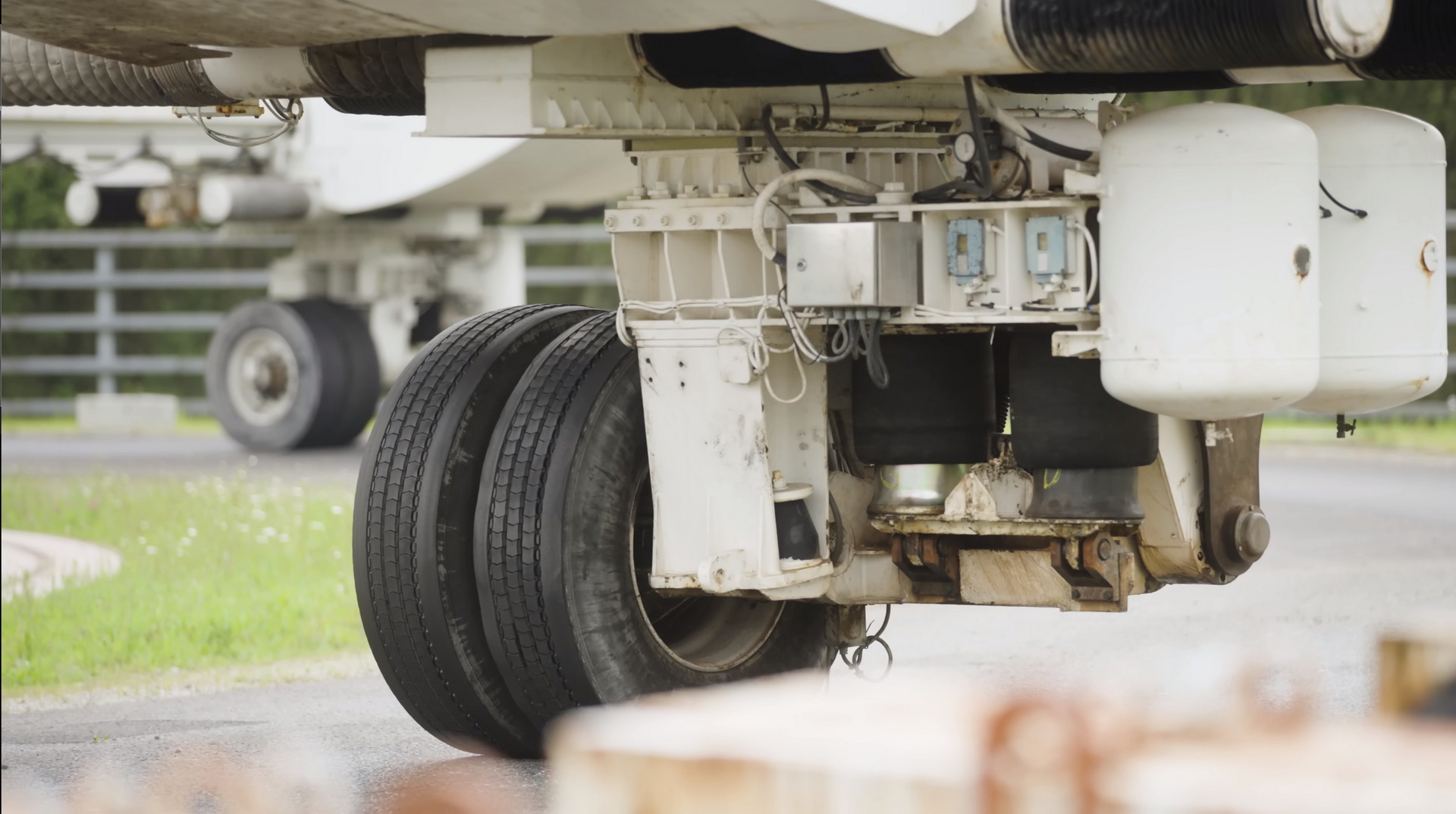The ability of a road surface to handle years of abuse is something that, as you may have intuited, is very important. But how do roadbuilders test the performance of different materials?
Well, in France they use the Fatigue Carousel, which looks like a massive spinning top with four arms. Each arm makes contact with the road using road tires and the arms are designed to simulate the weight of a heavy vehicle.
It’s all attached to a central motor that makes more than 1,000 hp (746 kW/1,014 PS) and spins the wheels around a ring of road made up of whatever material needs testing. This particular machine, located in Nantes and filmed by YouTube’s Tom Scott, is one of the largest on earth and it can run at speeds of up to 100 km/h (62 mph), though it normally runs closer to 70 km/h (43 mph).
Read Also: Stellantis Opens 0.6-Mile Test Highway That Recharges EV Wirelessly On The Move
The facility has multiple rings, each 120 meters (394 ft) in length, and tests don’t just last a few hours. In fact, in order to simulate 10 to 20 years of use, the machine must spin, nonstop, for months at a time.
Each ring has to have a small control patch of familiar building material for reference but the rest can be made of any other material. This facility is testing roads made up of greener materials and also roads with inductive charging built in to test their longevity.
The massive facility is a fascinating look into how much work goes into making something that we tend not to really think about until something goes wrong. Even in an age when computers have made virtual simulations easier, real-world facilities like this one are required to validate those simulations and ensure that roads are safe.





